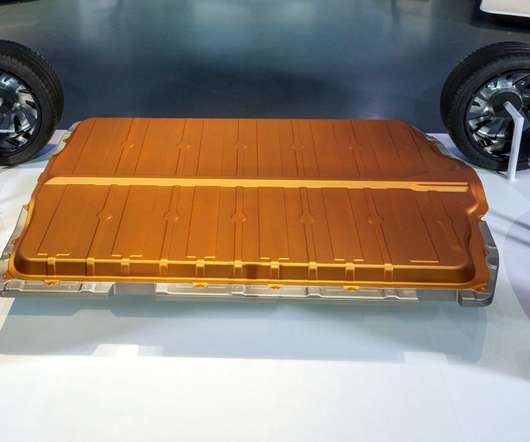Aqua Metals is building a more sustainable battery recycling ecosystem
Charged EVs
APRIL 1, 2024
The economic benefits of recycling Li-ion batteries are clear, but at present, only a small percentage of them are recycled. In contrast, lead-acid batteries have a 99% recycling rate in the US. The two main processes for recycling lithium-ion batteries are pyrometallurgy and hydrometallurgy.
















Let's personalize your content